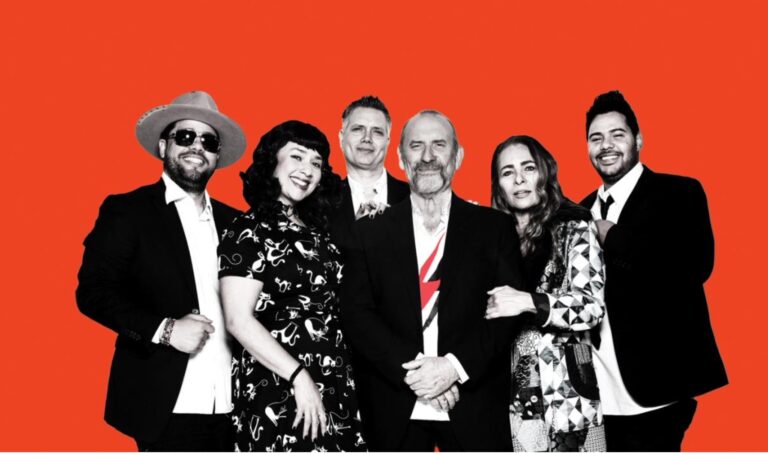

By ALLISON HORE
According to new interactive heat maps showing the problem of homelessness across NSW, Sydney is the electorate in fourth most need of social housing.
Timed to coincide with the launch of Homelessness Week on Monday, the maps created by Homelessness Australia and Everybody’s Home show the number of people without a home in NSW, and the amount of social housing needed to end homelessness in each electorate.
According to the data, NSW has a shortfall of more than 135,000 social housing properties and, pre-COVID-19, more than 37,500 people were homeless across the state on any given night. Homelessness most severe in Sydney’s inner-city and in south western Sydney. The three electorates most in need of social housing were Watson, Blaxland and Fowler followed by Sydney.
The economic blow of COVID-19 has only made things worse. Modelling by the NSW Council of Social Services has shown up to 16,000 more people in NSW could be experiencing homelessness as a result of the pandemic.
“The growth in unemployment as a consequence of COVID-19 and cuts to social security payments will drive further increases in homelessness,” Homelessness Australia Chief Executive Jenny Smith said.
“By investing in social housing, the government will not only give more people a home but will also keep more people in a job.”
The Social Housing Acceleration and Renovation Program (SHARP), developed by a coalition of housing advocacy groups, says building 30,000 social homes over the next four years will not only combat homelessness, but will also create up to 18,000 jobs per year.
The group is working together with more than 300 member organisations to meet with local MPs to discuss homelessness rates and ask them to commit to investment in social housing.
“This data shows homelessness effects all electorates and we know social housing is the most effective solution, so we hope to see every MP sign up,” Everybody’s Home spokesperson Kate Colvin said.
A recent study by the Australian Housing and Urban Research Institute showed more public housing offered the “best chance for tenants who experience adversity”. According to the study, the majority of people moving into public housing were people deemed as having the “greatest need” such as people experiencing homeless or those at risk of it due to health or disability.
Lead researcher Professor Kristy Muir of UNSW said for these people social housing shouldn’t just be a “stepping stone to being able to afford private rental housing” but a “legitimate destination, one that offers the best chance of stable, secure and affordable housing”.
“We found that even where tenants wanted to move on from social housing, they did not see it as a genuine option because there were no affordable, stable alternatives in the private rental market,” she said.
Professor Muir argues that in order for social housing to be treated as a “time limited” solution, and free up more housing for those in most need, the government needs to create more programs to support low income tenants in the private rental market.
Homelessness week runs from August 3 to 7, and this year’s theme is “Everybody Needs a Home”. The interactive heat maps can be viewed online on the Everybody’s Home website.









